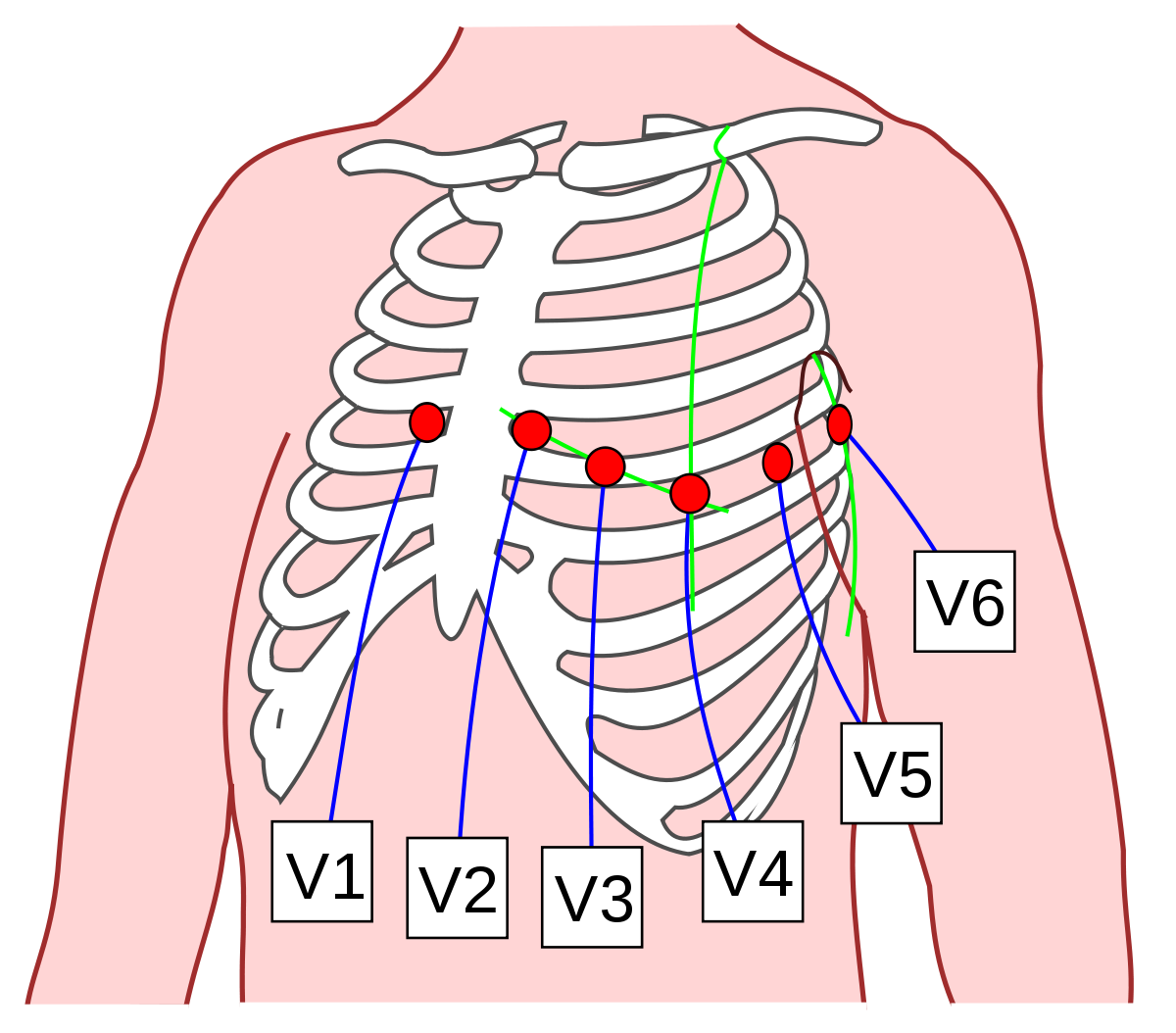Structure of a Red Blood Cell
Red blood cells, also called erythrocytes, are fundamental to fulfilling the body's oxygen demands. They can carry up to 1.2 billion molecules of oxygen at a time! Erythrocytes are shaped like biconcave discs. This shape maximizes their surface area to volume ratio, allowing oxygen to diffuse across the red blood cell membrane efficiently. A protein called spectrin helps erythrocytes maintain their shape and flexibility, enabling them to adjust their shape as they travel through capillaries smaller than their own diameter and to return to their original shape as they reach larger vessels.
A feature that makes erythrocytes unique is their absence of cell organelles. This maximizes the room available for oxygen to bind hemoglobin. In addition, because erythrocytes lack mitochondria, they do not utilize the oxygen they carry for their own cellular needs, making them excellent oxygen transporters. However, this also means that they cannot undergo mitosis. As they become old and rigid, they are engulfed by macrophages in the spleen.
What makes erythrocytes red?
Erythrocytes get their red color from a protein called hemoglobin. Hemoglobin transports oxygen and carbon dioxide to and from cells. The two main components of hemoglobin are:
- Four heme groups - Each heme group consists of a central iron atom connected to a compound called porphyrin. One oxygen molecule binds to one iron atom, which means one hemoglobin can carry four oxygen molecules at a time.
- Four polypeptide chains made of the protein globin - A hemoglobin molecule consists of two alpha globin chains and two beta globin chains. Each globin chain is bound to a heme group.





Comments
Post a Comment